A Picnic in Nature A perfect Saturday afternoon invites you to step away from the hustle and bustle of the week and bask in the warmth of the sun while enjoying the tranquility of nature. It’s the ideal time to unwind, recharge, and make lasting memories with friends or family. Begin your day by packing a delicious picnic basket filled with your favorite snacks—think freshly made sandwiches, juicy fruits, and refreshing drinks. Choose a cozy spot, whether it’s under a shady tree or on a sun-drenched grassy patch, and set up your picnic blanket. The fresh air, the chirping birds, and the feel of soft grass beneath you all combine to create an experience that’s both calming and rejuvenating. Enjoy the simple pleasures of eating outdoors, laughing with loved ones, and taking in the beautiful natural surroundings. The Saturday picnic is all about slowing down and appreciating the present moment. Finding Peace on the Water Once you've enjoyed the joys of a leisurely picnic, why not take the relaxation up a notch with a serene boating experience? Head to the nearest lake or river and set out on the water for a peaceful escape. Rowing a boat along calm waters is an incredibly soothing activity. The rhythmic sound of the oars cutting through the water and the gentle breeze on your face will immediately make you feel at one with nature. Take a few pictures to remember the day, capturing the smiles, the nature, and the happiness that comes from being together. It’s these shared moments that make life feel rich and fulfilling. Discovering Joy in the Little Things Sometimes, the smallest moments hold the greatest joy. A bite of fresh fruit, a gentle breeze, a moment of stillness on a lake—all these simple experiences are reminders of the beauty in life. When you take the time to appreciate these little things, it’s easier to find happiness. Saturday afternoons spent outdoors, whether picnicking with loved ones or boating on a peaceful lake, serve as a reminder that joy doesn’t have to come from big events or grand plans. It’s the small, simple pleasures that bring true fulfillment. At Moore, we believe in creating moments of happiness and peace, whether that’s through outdoor adventures or offering a wide range of new and surplus products. As we continue to develop channels for purchasing quality products, we encourage you to explore our offerings and discover something special for yourself.
Read More

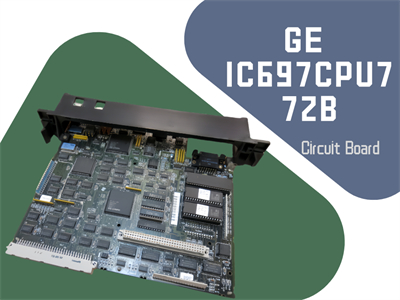

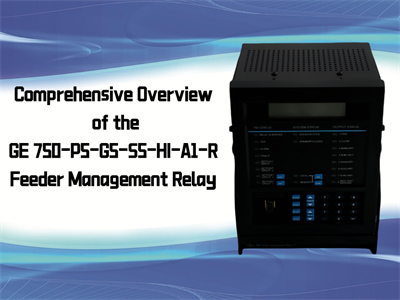
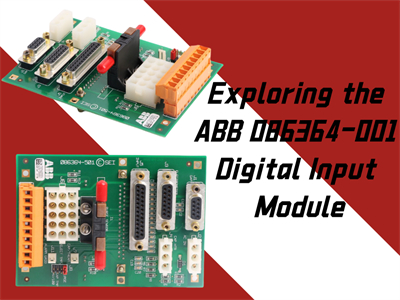
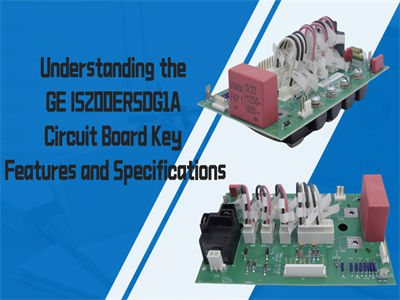
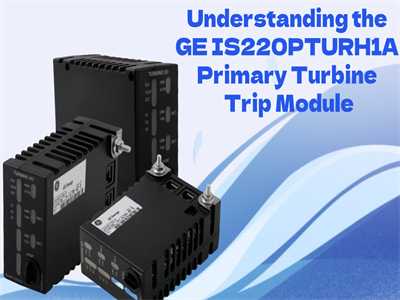
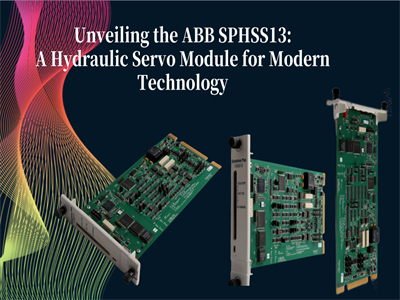

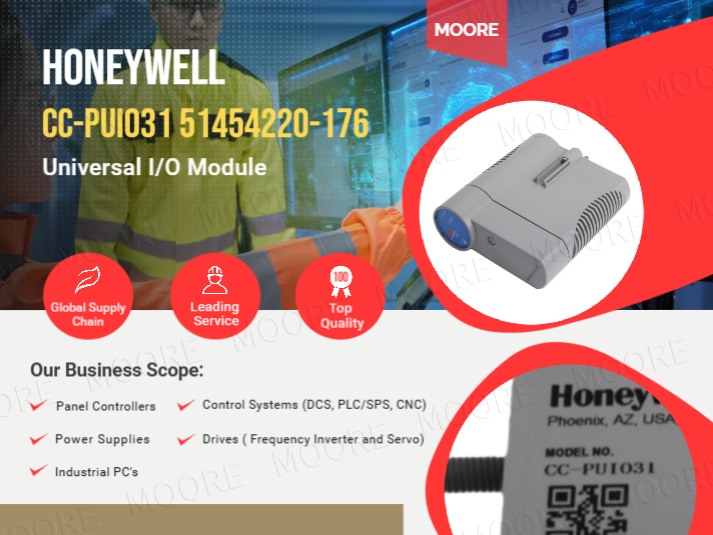
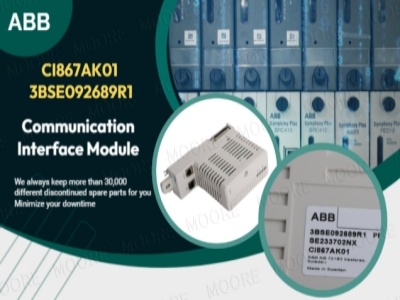
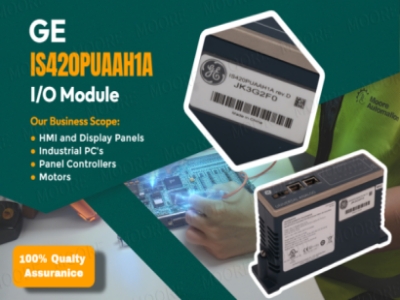












 IPv6 network supported
IPv6 network supported